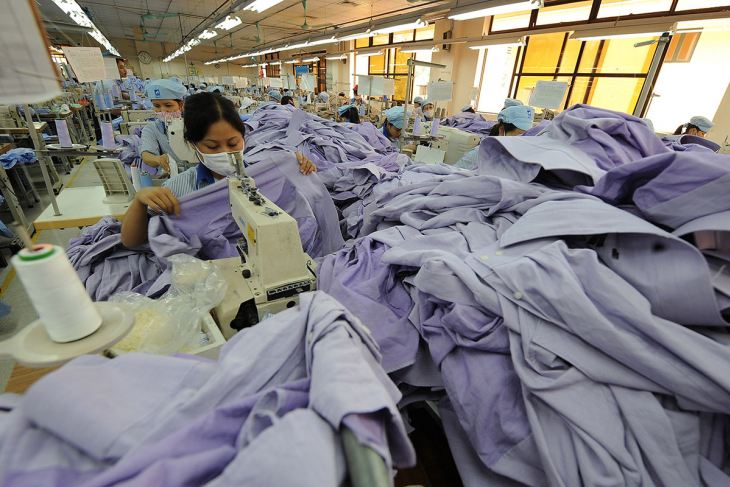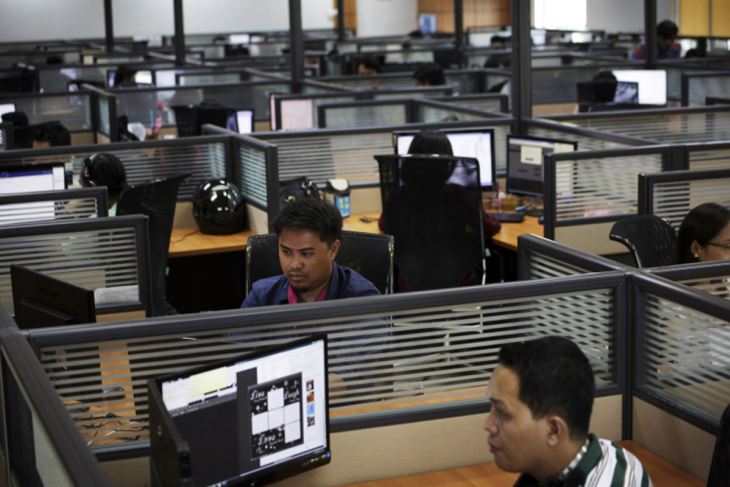How technology can change ASEAN’s retail sector
The retail sector accounts for the largest source of employment in the Southeast Asian region. According to the International Labour Organization (ILO), it employs an aggregate of 44.6 million workers, which represents 16 percent of the region’s total employment.




